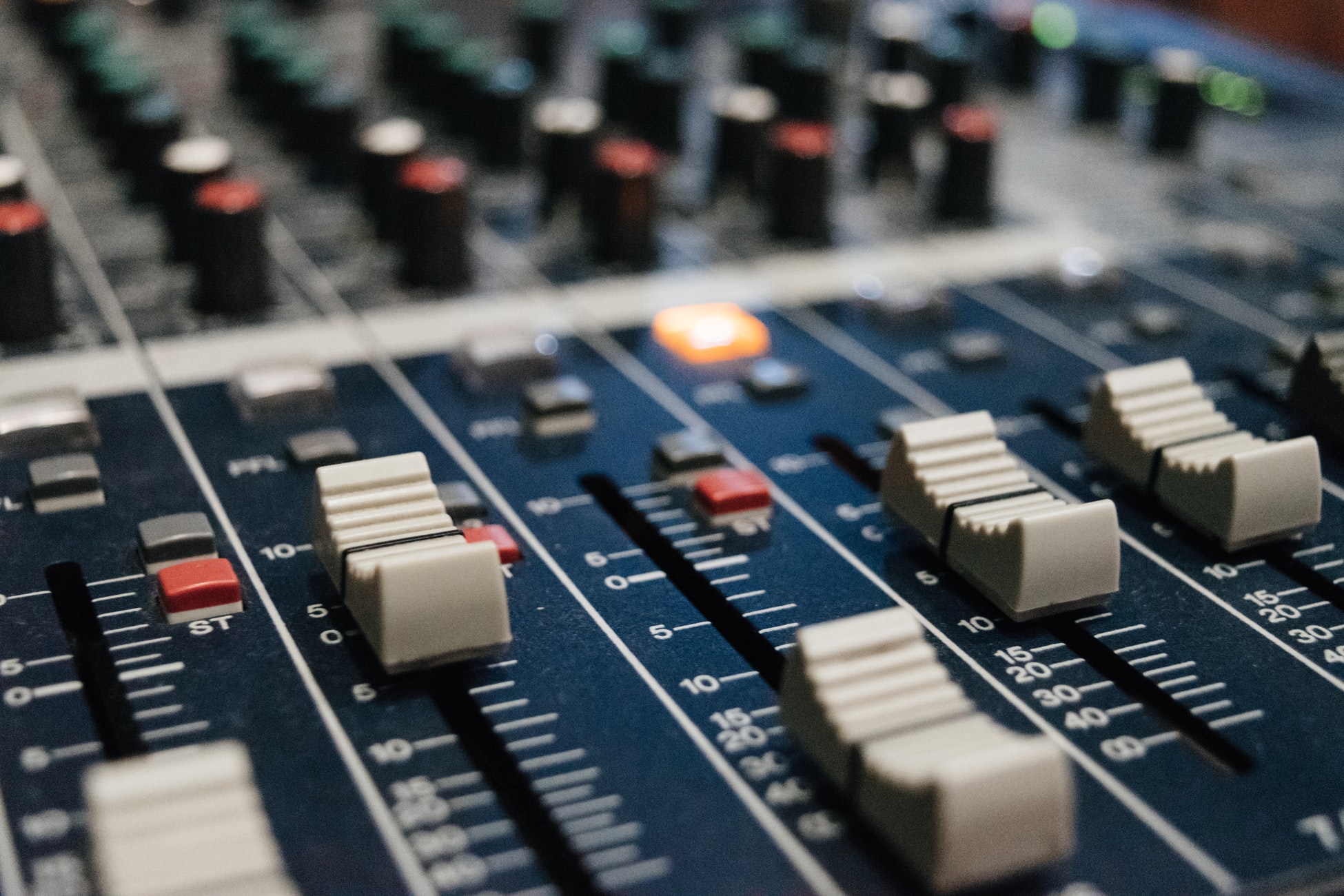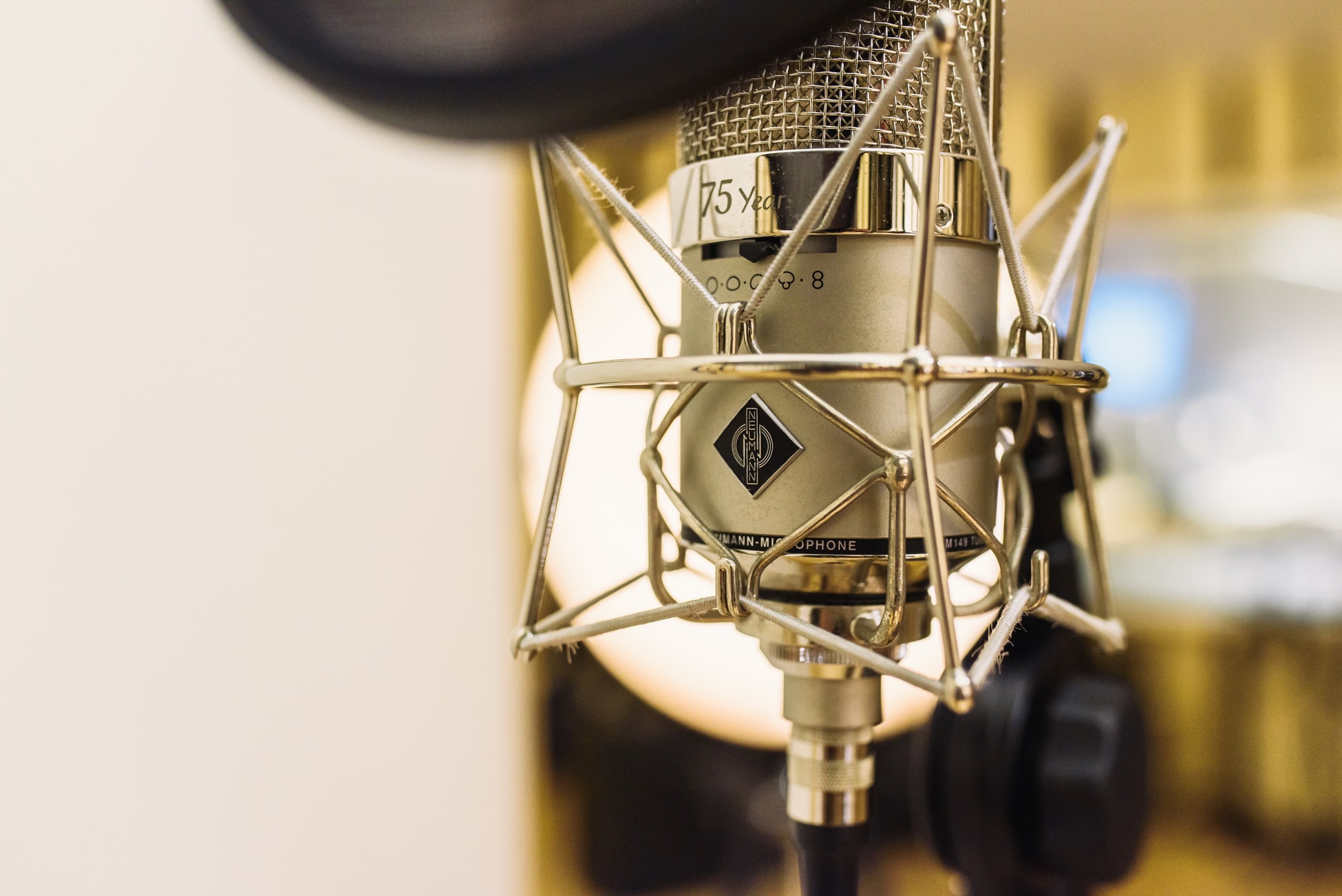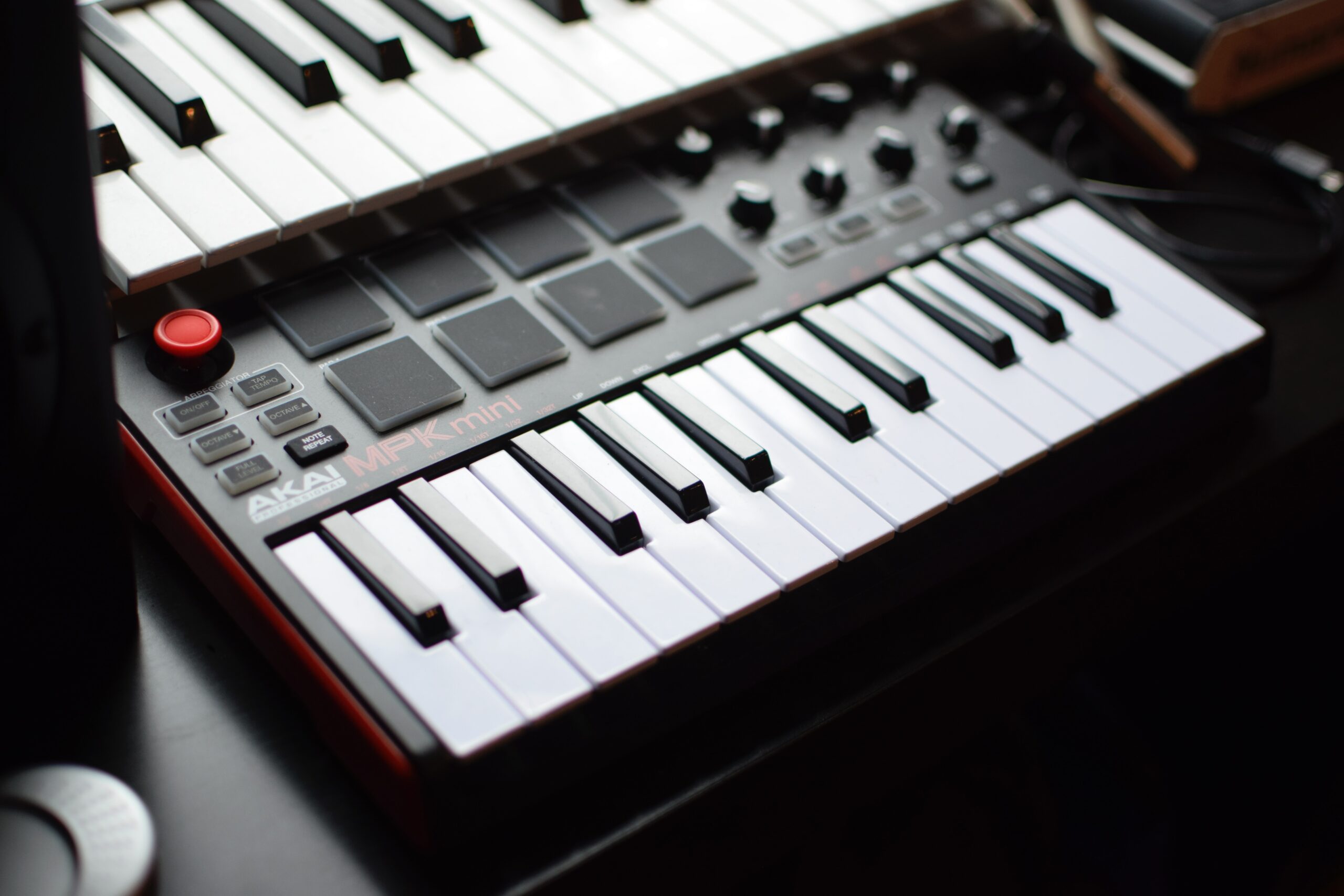Hi there production nerds!
If you’re setting up a home audio production studio, one of the most important things to consider is how to eliminate line hiss and noise from your setup. These unwanted sounds can be caused by a variety of factors, including interference from other electrical devices, grounding issues, and cable quality. Here are a few tips to help you eliminate line hiss and noise in both line voltage and low voltage cables:
Proper Grounding
First, make sure all of your equipment is properly grounded. This means that all of your audio equipment should be connected to a grounded power source using a three-pronged power cord. If you’re experiencing noise issues, try plugging all of your equipment into a power strip or surge protector, which can help eliminate ground loops and other issues.
If you need to test if grounding is causing a hiss problem, try touching your hardware with a finger on a conductive part and see if the hiss goes away in your monitors. For example, if you’ve hooked up a synthesizer and you’re getting an annoying hiss, a few touches that make the hiss temporarily reduce means that you’ve got a grounding problem.
Cable Quality
Next, check your cables. Low-quality cables can often introduce noise and interference into your audio signal. Look for high-quality shielded cables that are specifically designed for audio use. Make sure your cables are properly connected and securely fastened, and bonus points if you use gold-plated jacks for better conductivity.
Audio cables can be extremely expensive, which makes it tempting to go for cheap, thin cables. But going up-market a little bit will give you a massive boost in both audio quality, and overall longevity. Buy once cry once!
Cable Positioning
Avoid running audio cables parallel to power cables or other sources of electromagnetic interference. If you have ever opened up an old hand-wired analog electronic device (like an old tube guitar amp) you’ll notice that the cables are twisted together in spiral format, and they are positioned to cross each other at 90 degree angles instead of nearly parallel.
That’s something to keep in mind when you’re running your cables from your synths/mixers/studio monitors: make sure powered lines aren’t running parallel and causing electromagnetic interference.
Post-processing
Finally, consider using a noise gate or other noise reduction tools in your audio production software. These tools can help remove unwanted noise from your recordings or live performances, and can be especially helpful if you’re working in a noisy environment or with less-than-ideal equipment. This, of course, is not the recommended way to have clean recordings. It’s always better that your source material is perfect, rather than trying to “fix it in post”.
By following these tips, you can help eliminate line hiss and noise from your home audio production setup, ensuring that your recordings and performances sound clean, clear, and professional.



